Rapid DTF Transfers: Streamlining Streetwear Brand Development
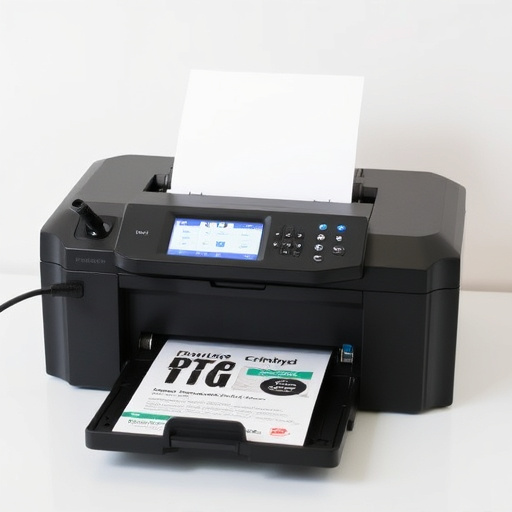
Direct to Fabric (DTF) transfers transform streetwear production by enabling swift creation of custo…….
In the ever-evolving realm of global finance, “Order DTF Transfers” have emerged as a revolutionary concept, reshaping the way financial transactions are conducted across borders. This comprehensive article delves into the intricate world of DTF (Direct Transfer) transfers, exploring their definition, impact, and potential. By examining various facets, from historical context to technological innovations, we aim to provide an insightful guide for readers seeking to understand this dynamic process. Through this journey, we will uncover how Order DTF Transfers are not just a financial mechanism but a catalyst for economic growth, international trade, and digital transformation.
Definition: Order DTF Transfers, in their essence, are real-time, direct electronic transfers of funds between financial institutions in different countries. This process facilitates the immediate movement of money, enabling individuals, businesses, and organizations to execute cross-border transactions efficiently. The ‘Order’ aspect implies a structured command or instruction, ensuring precise execution and timely delivery.
Key Components:
Sender’s Bank: Initiating the transfer, the sender’s bank plays a crucial role in authenticating the transaction request and ensuring compliance with relevant regulations.
Global Payment Network: A robust network of banks, payment processors, and clearing houses forms the backbone of DTF transfers. This network enables secure communication and facilitates the actual fund transfer across borders.
Receiver’s Bank: The final destination for the funds, the receiver’s bank verifies the transaction and ensures the funds are credited to the intended recipient’s account.
Historical Perspective:
The concept of direct transfers has evolved over decades, driven by advancements in technology and a growing need for faster, more efficient global financial services. Traditional methods, such as wire transfers, often involved lengthy processes with multiple intermediaries, leading to delays and higher transaction costs. The introduction of electronic funds transfer systems in the 1970s marked a significant shift, enabling faster and more cost-effective transactions. Over time, these systems evolved into complex networks, eventually giving rise to Order DTF Transfers, which streamline the process further by providing real-time, direct connectivity between financial institutions.
International Influence: Order DTF Transfers have had a profound impact on global finance, fostering international trade and investment. They enable businesses to expand globally with ease, facilitating cross-border e-commerce and foreign direct investment (FDI). For developing nations, this has meant increased access to capital markets and improved remittance services for expatriates sending funds home.
Regional Trends:
Europe: The European Union’s Single Euro Payments Area (SEPA) initiative has played a pivotal role in harmonizing payment systems across member states, creating a more integrated market for DTF transfers.
Asia Pacific: Rapid economic growth and digital transformation in countries like China and India have fueled the demand for efficient cross-border payments, driving innovation in DTF technologies.
North America: The United States, as one of the world’s largest economies, has seen a surge in DTF usage, particularly in international trade transactions, driven by factors such as the rise of e-commerce and rapid financial technology (fintech) development.
Market Dynamics: Order DTF Transfers have significantly impacted global payment markets, creating a highly competitive landscape. Traditional banks and fintech startups alike offer these services, driving innovation in fees, transaction speeds, and customer experience. The market is characterized by:
Low-Cost, High-Speed Transfers: Fintech companies often offer lower fees and faster processing times, attracting customers seeking efficient cross-border solutions.
Partnerships and Alliances: Banks collaborate with fintech partners to enhance their DTF offerings, leveraging technology for improved efficiency and reach.
Investment Patterns: These transfers play a crucial role in international investment flows:
Portfolio Investment: Foreign investors utilize DTFs to invest in various asset classes, including stocks, bonds, and real estate, contributing to global capital markets.
Cross-Border M&A: Mergers and acquisitions across borders are facilitated by DTFs, enabling seamless payment processing during complex transactions.
Economic System Integration: Order DTF Transfers contribute to the overall efficiency of economic systems:
Reduced Transaction Costs: By streamlining the process, these transfers lower costs for businesses and individuals involved in international trade and remittances.
Improved Liquidity: Enhanced cross-border payment capabilities increase liquidity in global markets, fostering investment opportunities and economic growth.
Innovation in DTF Technology: The technological landscape surrounding Order DTF Transfers is rapidly evolving:
Blockchain Integration: Distributed ledger technology (DLT) and blockchain are being explored to enhance transparency, security, and efficiency in DTF transfers. This could lead to faster settlements, reduced fraud, and cost savings.
Artificial Intelligence (AI): AI-powered systems can analyze transaction patterns, detect anomalies, and automate processes, improving the overall customer experience and risk management.
Open Banking Standards: Open APIs enable third-party providers to access banking data securely, fostering innovation in financial services and enhancing DTF transfer options for customers.
Impact on Efficiency: These technological advancements have led to:
Faster Settlement Times: Blockchain technology, for instance, has the potential to reduce settlement times from days to minutes, revolutionizing international trade finance.
Enhanced Security: Biometric authentication and advanced encryption methods ensure secure transactions, addressing concerns related to online cross-border payments.
Personalized User Experiences: AI-driven platforms can offer tailored financial services, making DTF transfers more accessible and user-friendly.
Global Regulatory Frameworks: The regulatory environment for Order DTF Transfers is a complex tapestry, with varying approaches across jurisdictions:
Know Your Customer (KYC) and Anti-Money Laundering (AML) Regulations: Financial institutions must adhere to stringent KYC and AML rules to prevent financial crimes and ensure the integrity of cross-border transfers.
Data Privacy Laws: With the increasing digitization of transactions, data privacy regulations like GDPR in Europe and CCPA in the US have significant implications for DTF service providers.
Regional Variations:
Europe: The European Central Bank (ECB) oversees payment systems within the Eurozone, while individual member states regulate other aspects, ensuring compliance with EU-wide guidelines.
US: Regulations are primarily enforced by bodies like FinCEN and the Office of Foreign Assets Control (OFAC), focusing on anti-money laundering and international sanctions.
Asia Pacific: Regional organizations, such as the Asia Pacific Economic Cooperation (APEC), promote cooperation in financial regulations, including cross-border payment systems.
Main Challenges:
Regulatory Compliance: Navigating a complex web of global regulations can be challenging for financial institutions and fintech startups, particularly when operating across multiple jurisdictions.
Security Concerns: As DTF transfers move towards digitization, ensuring the security of online transactions remains a critical challenge, especially with the rise of cyber threats.
Infrastructure Gap: In some regions, underdeveloped financial infrastructure limits access to DTF services, creating a digital divide in global payment systems.
Criticisms and Solutions:
Lack of Standardization: Critics argue that the absence of uniform standards across providers can lead to interoperability issues. Addressing this requires collaboration between industry players and regulators to establish common protocols.
Customer Education: Many individuals and businesses are unaware of the benefits and processes involved in DTF transfers. Educational initiatives and user-friendly interfaces can bridge this knowledge gap.
Cost Management: While DTFs offer advantages, they can be cost-prohibitive for small businesses. Offering tiered pricing models and subsidies could make these services more accessible.
Case Study 1: Cross-Border E-commerce in Asia
In Southeast Asia, a leading e-commerce platform faced challenges in expanding its operations due to complex cross-border payment processes. By implementing Order DTF Transfers, they achieved:
Faster Payouts: Reducted settlement times from 2-3 days to within 24 hours, improving the customer experience and seller satisfaction.
Increased Seller Base: Facilitated international sales by enabling sellers from various countries to accept payments seamlessly, contributing to the platform’s rapid regional growth.
Case Study 2: Remittances in Africa
A non-profit organization working in Africa aimed to enhance remittance services for expatriates sending funds home. They partnered with local banks and deployed Order DTF Transfers, resulting in:
Lower Transaction Costs: Significantly reduced fees for beneficiaries, making international remittances more affordable.
Increased Financial Inclusion: Improved access to banking services for unbanked or underbanked populations, enabling them to receive funds from abroad promptly.
Case Study 3: International Trade Financing in Europe
A mid-sized European manufacturing company struggled with lengthy and costly international trade transactions. Adopting Order DTF Transfers as part of a digital transformation strategy led to:
Streamlined Process: Eliminated the need for multiple intermediaries, reducing processing times from 5 days to just 24 hours.
Enhanced Credit Management: Improved visibility into global payment flows, enabling better credit risk assessment and more efficient working capital management.
Emerging Trends:
Central Bank Digital Currencies (CBDCs): The introduction of CBDCs by several central banks could revolutionize DTF transfers, offering faster, cheaper, and more secure cross-border payment solutions.
Stablecoins: These tokenized assets, often backed by fiat currencies, have the potential to facilitate instant and low-cost DTF transfers, addressing issues related to settlement times and liquidity.
Growth Areas:
Sustainable Finance: Order DTF Transfers can play a role in promoting sustainable investment practices by enabling efficient cross-border funding for green projects and initiatives.
Financial Inclusion: With continued technological advancements and regulatory support, these transfers have the potential to bring millions of unbanked individuals into the global financial system.
Strategic Considerations:
Partnerships: Collaboration between traditional banks, fintech startups, and technology providers will be crucial for innovation and market penetration.
Regulatory Harmony: Global regulators should work towards creating a more harmonized environment to facilitate cross-border payment services, ensuring consumer protection and market integrity.
Order DTF Transfers have emerged as a cornerstone of the modern global financial landscape, revolutionizing how we conduct cross-border transactions. From facilitating international trade to empowering remittances, these transfers have far-reaching implications for individuals, businesses, and economies worldwide. As technology continues to evolve and regulatory frameworks adapt, the future looks promising for DTFs, offering increased efficiency, security, and accessibility in global financial services.
By addressing challenges, embracing innovation, and fostering collaboration, the Order DTF Transfer ecosystem is poised for continued growth, shaping a more interconnected and prosperous world.
How do Order DTF Transfers differ from traditional wire transfers?
Traditional wire transfers often involve multiple intermediaries, leading to longer processing times and higher fees. In contrast, Order DTF Transfers provide direct connectivity between financial institutions, ensuring faster settlement times and potentially lower costs.
What are the benefits of using Order DTF Transfers for international trade?
These transfers streamline the payment process, reducing delays and costs associated with traditional methods. They enhance visibility and control over transactions, improving risk management and cash flow forecasting for businesses involved in international trade.
Are there any security risks associated with DTF transfers?
While digital transactions carry inherent security risks, advancements in encryption, biometrics, and blockchain technology significantly enhance the security of Order DTF Transfers. Financial institutions and service providers are also implementing robust security measures to protect customer data and funds.
Can small businesses afford Order DTF Transfers?
Some providers offer tiered pricing models, making DTF services more accessible to small businesses. Additionally, subsidies and partnerships with local banks can help offset the costs for smaller entities, enabling them to leverage the benefits of efficient cross-border payments.
How do CBDCs impact DTF transfers?
Central Bank Digital Currencies have the potential to revolutionize global payment systems, including DTF transfers. They offer faster settlement times, increased financial inclusion, and reduced transaction costs, addressing many of the current challenges in cross-border payments.

Direct to Fabric (DTF) transfers transform streetwear production by enabling swift creation of custo…….

Direct-to-Film (DTF) transfers offer an eco-friendly and efficient printing solution for custom appa…….

In a fast-paced market valuing convenience and speed, Order DTF Transfers revolutionize custom graph…….
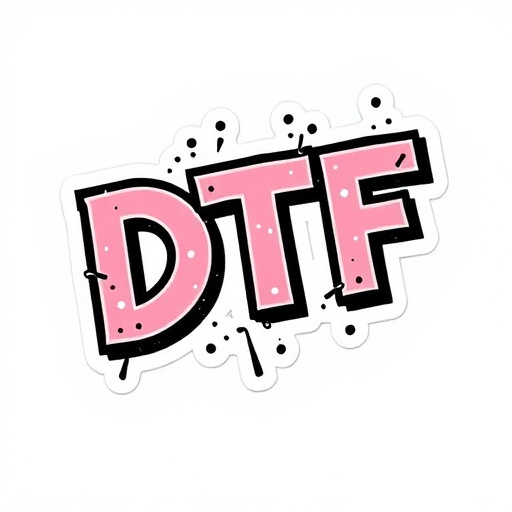
Direct to Film (DTF) technology is a game-changer for custom apparel, enabling efficient order fulfi…….

Selecting the right DTF printer is crucial for efficient Order DTF Transfers. Consider print speed (…….

Fast Direct to Film (DTF) printing revolutionizes apparel with quick production times, high-quality…….
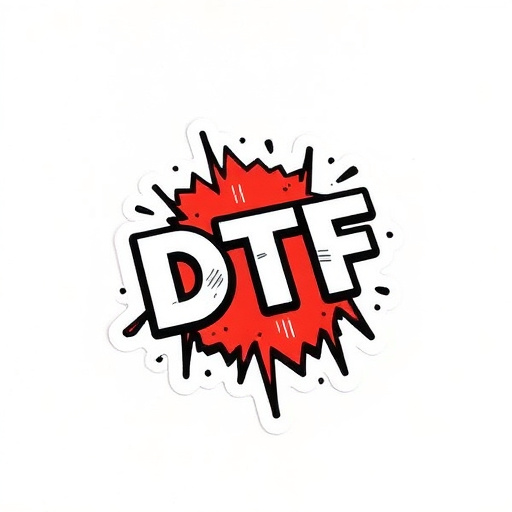
Order DTF Transfers revolutionize custom textile printing with direct fabric printing via heat press…….
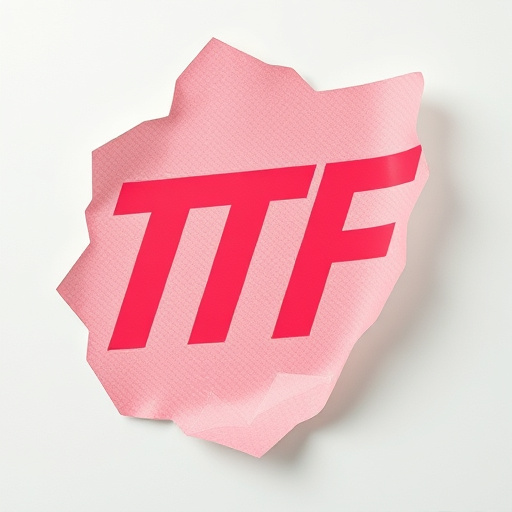
Aspiring print professionals should understand Direct-to-Fabric (DTF) transfers using specialized he…….
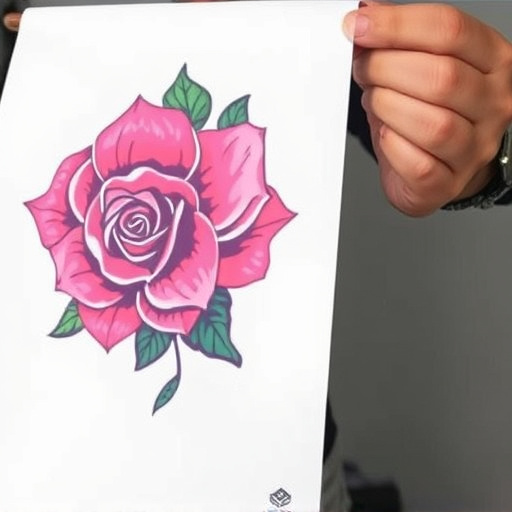
Designers face a challenge balancing creativity and efficiency, but Order DTF Transfers offer a solu…….

Order DTF Transfers have transformed printing onto fabrics with speed and accuracy, offering a direc…….